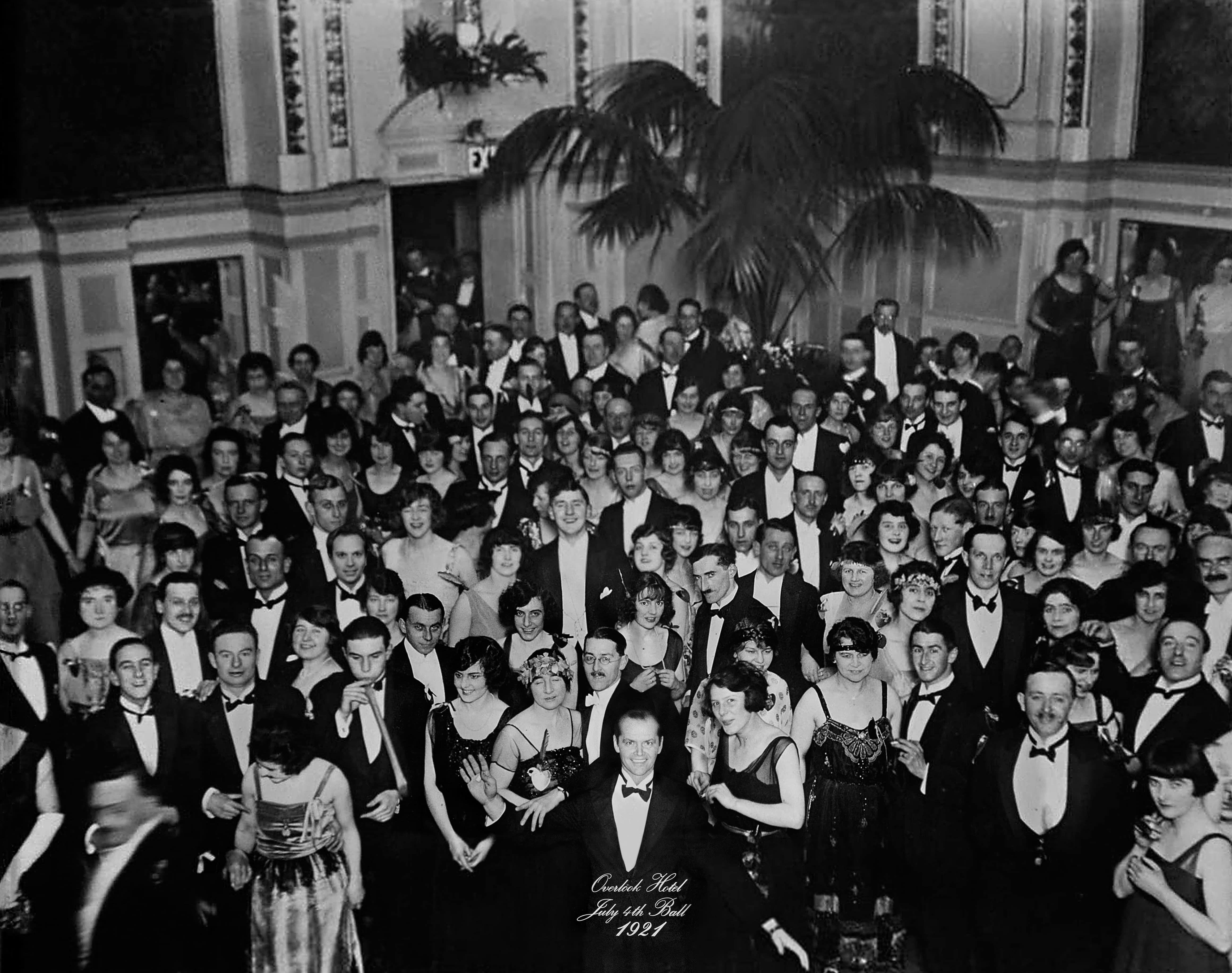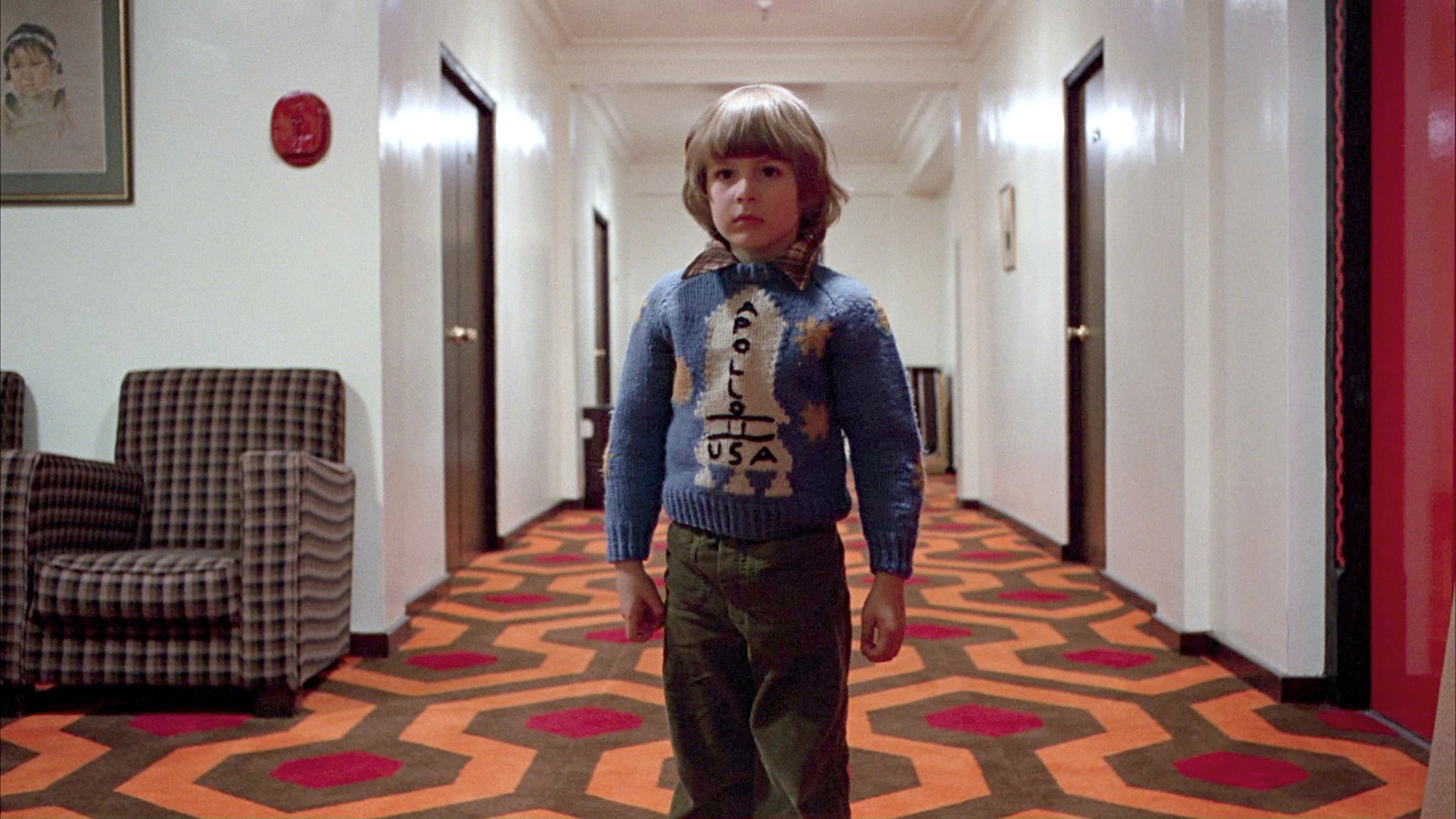Topics | Literature | Horror | Tasks & exercises
Tasks & Exercises
Working method: Pair-work, group work, individual work
Product: An oral discussion
Aims: Improving vocabulary and oral abilities
The video below, created by Psych2Go, presents the seven most common phobias. Watch the video and discuss with the person next to you which of the phobias you personally find the most scary and why? Does any other things scare you? Be prepared to share snippets of your conversation in class.
Working method: Individual work, pair-work or group work
Product: Written, theoretical background knowledge
American writer
Stephen King
discusses the nature of human beings and psychology in relation to the horror genre. Try to answer the questions below, after reading the text.
1. According to King, why do we crave horror movies? Do you agree? Would you like to add reasons to his list?
2. King starts his essay with a rather spectacular sentence when he writes, "I think that we are all mentally ill". How does he develop this idea through his essay? What does he for example mean when he states that “the potential lyncher is in almost all of us”?
3. King says that we tell sick jokes and watch horror movies to exercise our anticivilization emotions. Can you think of other possible ways in which we live out and purge these anticivilization emotions?
4. How do you understand the last sentences of the essay: "It was Lennon and McCartney who said that all you need is love, and I would agree with that. As long as you keep the gators fed."?
5. Comment on the tone in the essay. Give examples.
Working method: Listening exercise
Product: A drawing
Suffer the Little Childrenis a horror short story by American writer Stephen King. It was first published by Cavalier in February 1972. The audio is taken from the audiobook Nightmares and Dreamscapes: The stories of Stephen King read by Whoopi Goldberg.
a. While you are listening to the story, draw elements from the text.
b. Show the drawing to the person(s) next to you and speak about it in English.
c. Write down a very short summary of the text.
Working method: Group work
Product: Written or oral analysis and interpretation
His Face All Red (2010) is a horror webcomic by Canadian comics author Emily Carroll. The webcomic went viral ahead of Halloween in 2010 and gained Carroll praise for her work.
Read or watch the webcomic and create a brief outline of the text. Afterwards, choose a couple of focal points for analysis. Your analysis must include terms from how to analyse graphic novels.
Working method: Group work
Product: A visual analysis of The Cabin in the Woods
Aims: Film analysis and communication
1. Choose a couple of points that you want to focus on in your analysis of Drew Goddard 's The Cabin in the Woods (2011). It could for instance be the use of meta -elements, intertextuality or specific cinematic techniques.
2. You must present your analysis and/or focal points in the form of a visual product. All group members must participate in the production, and it must be at least two minutes long. You might be inspired WatchMojo's video on Scream (1996) below.
3. You can use iMovie, Windows Movie Maker or online tools such as Veed.io to edit and produce the visual product.
Working method: Group work and class discussion
Product: A performance in class
The short story in this assignment is entitled The Tell-Tale Heart and it was written by American writer Edgar Allan Poe in 1843. Read the story aloud in groups and make a brief characterisation of the important characters in the text. Afterwards, we will perform the subsequent court case of the narrator in class.
Working method: Group work and class discussion
Product: Written analysis
The poem in this assignment is entitled The Raven and it was written by American writer Edgar Allan Poe in 1845. It is arguably Poe's most famous piece of work. Listen to the poem below performed by Christopher Lee and try to create a brief overview or summary of the poem. Afterwards, see if you can identify some of the literary devices that Poe is using.
Working method: Pair-work, group work, individual work
Product: A written piece of research
Aims: The aims of this exercise is to use and understand the term intertextuality and the cultural importance of Stanley Kubrick's film.
This short video showcases five examples of intertextuality. What is intertextuality? What is the purpose of intertextuality? What makes intertextuality differ from plagiarism?
Working method: Pair-work, group work, individual work
Product: A written analysis and/or an oral group discussion
Aims: Analysis and interpretation.
The Shining concludes with an image of the July 4th ball at the Overlook Hotel in 1921. How can this image be interpreted? You might also discuss the style, the golden ratio, body language etc.

Product: A written film analysis
Aims: The aims of this exercise is to brush up, use or introduce film analysis.
This video shows the pivotal scene in which Jack Torrance encounters the former caretaker Delbert Grady in the toilet. Analyse the scene using cinematic techniques and try to discuss the importance or signifance of the scene.
Working method: Pair-work, group work, individual work
Product: A presentation or oral discussion
Aims: To research, present and communicate points in English.
A popular conspiracy theory claims that Stanley Kubrick staged the Moon Landing in 1969 and that The Shining is his attempt of revealing his involvement, without breaching his contractual silence. Research the claim and see if you what pros and cons you can find to this theory.



